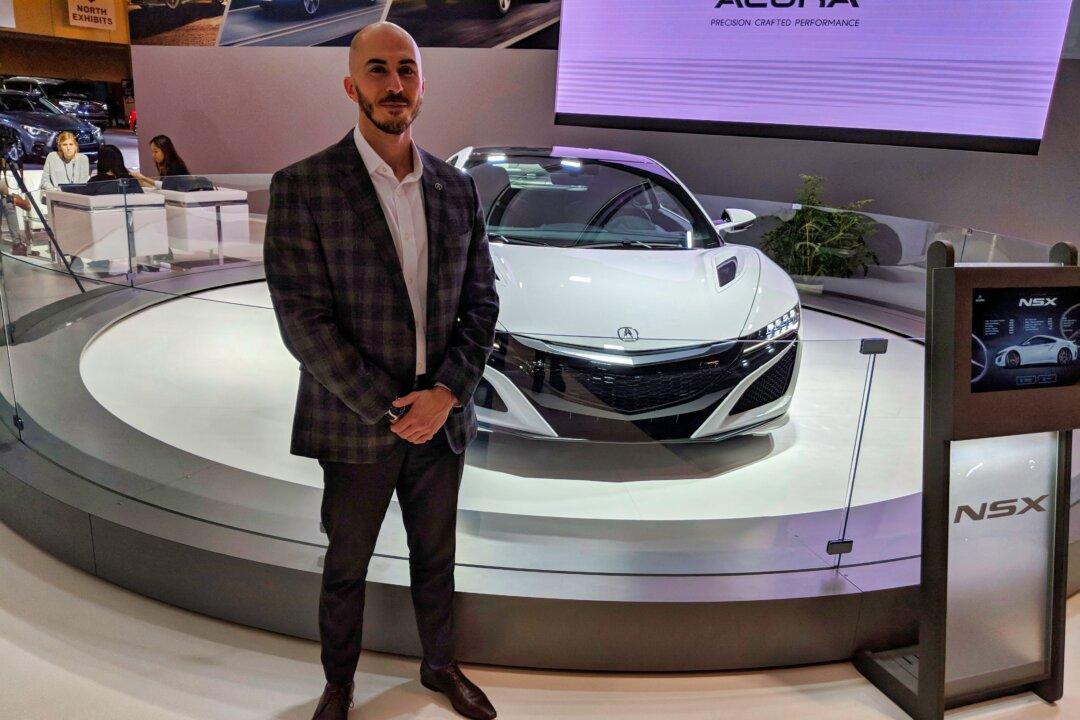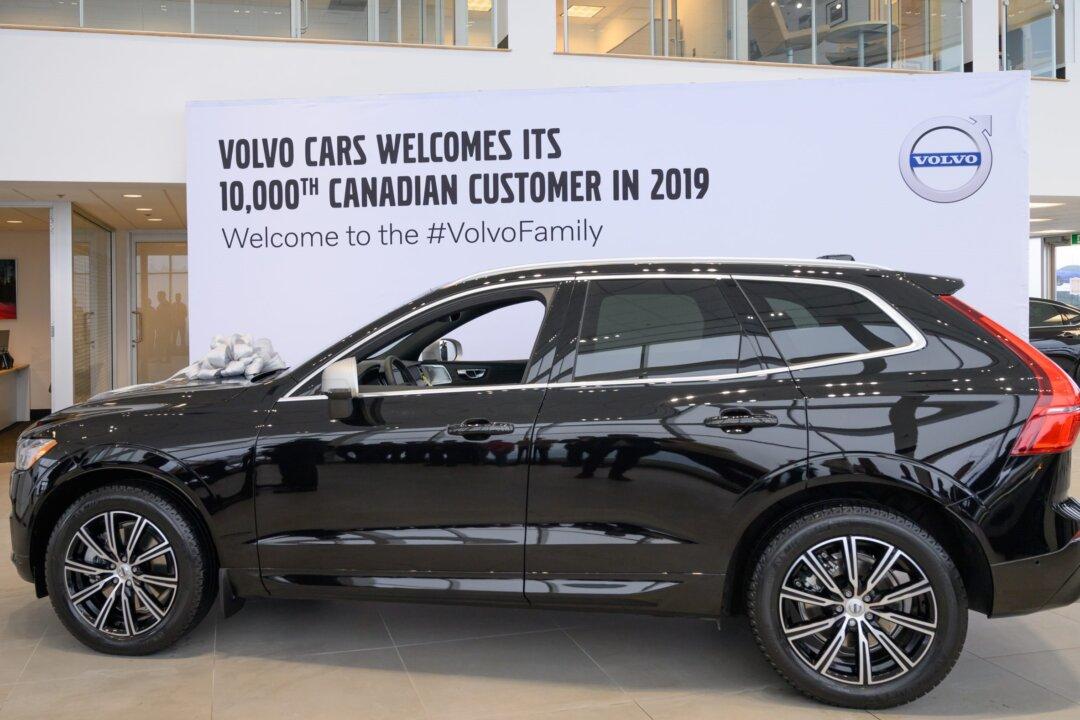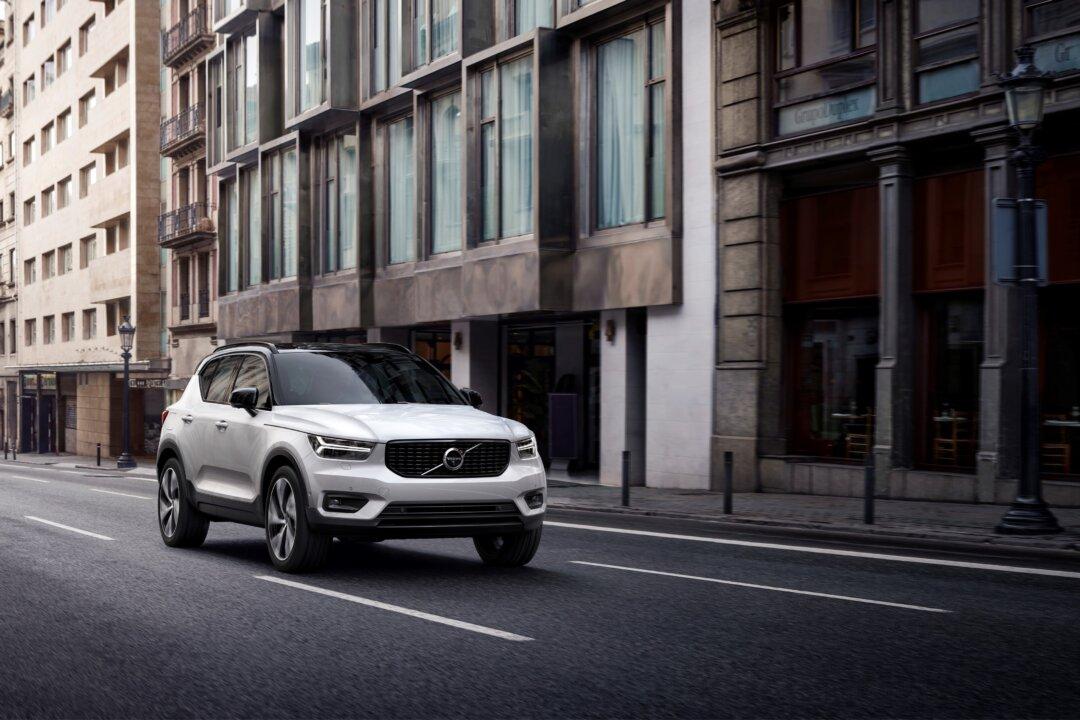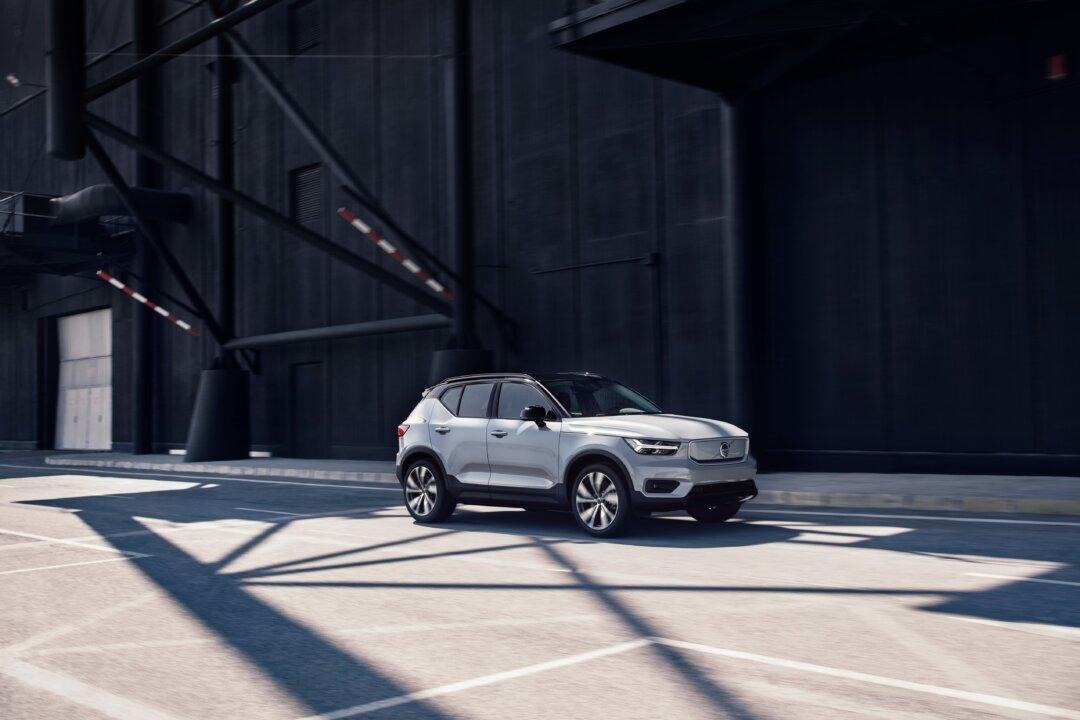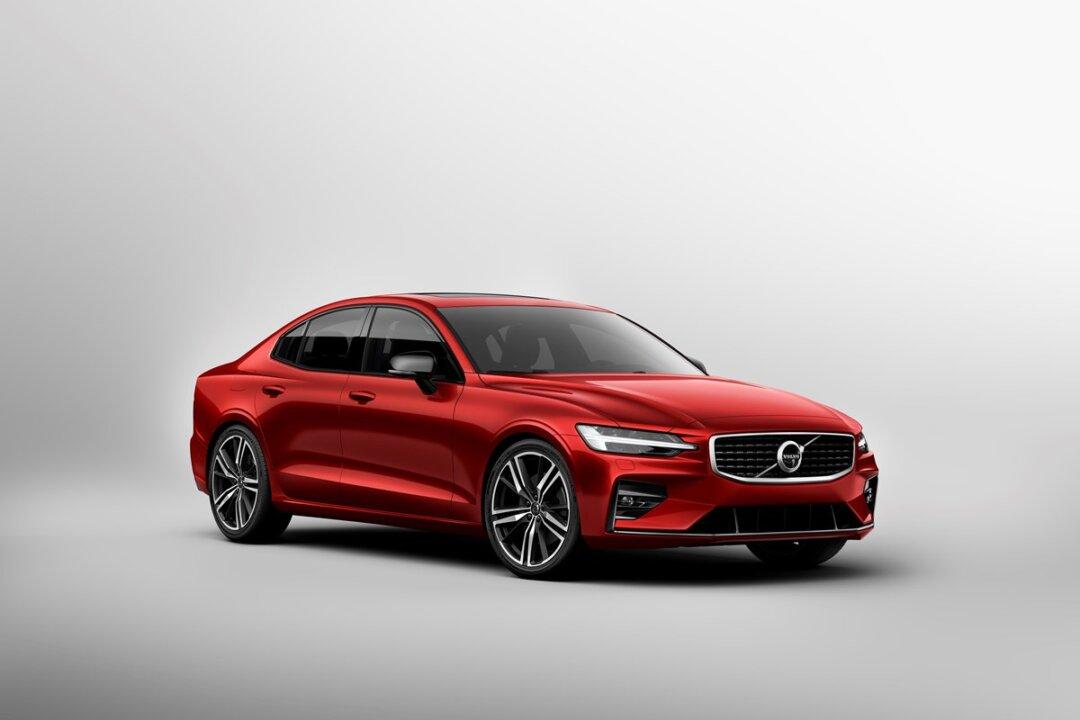In March of 1986, a distinctive new luxury automotive brand was introduced by Honda to the Canadian marketplace—Acura. In fact, Acura held the distinction of being the very first Japanese automotive luxury brand in this country.
In its first few years of existence, Acura was among the best-selling luxury marques in the United States. Furthermore, in the late 1980s, the success of the company’s first flagship vehicle, the Legend, inspired fellow Japanese automakers, Toyota and Nissan, to launch their own luxury brands, Lexus and Infiniti, respectively.
